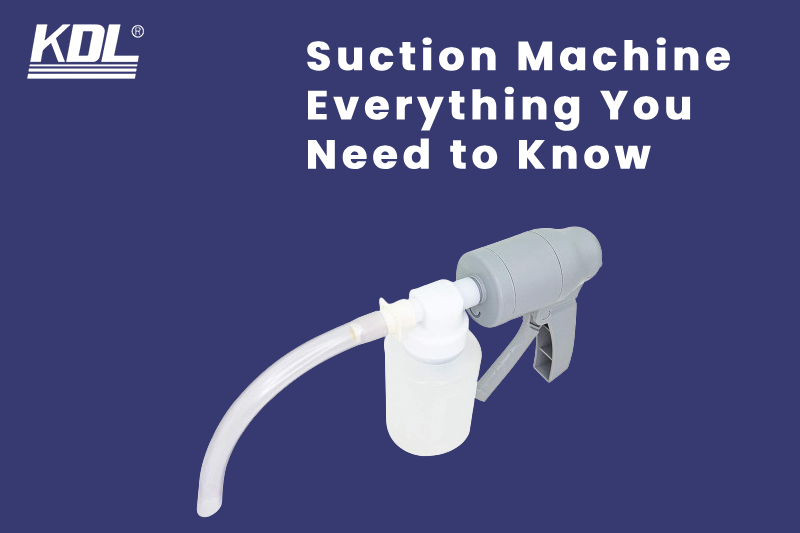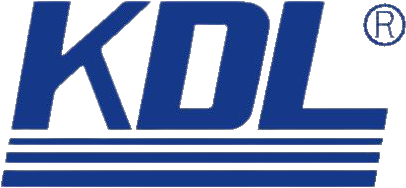
Using a suction machine effectively and safely is essential for healthcare professionals and caregivers when managing patients with respiratory issues or difficulty clearing secretions. This step-by-step guide provides comprehensive instructions on how to operate a suction machine, ensuring optimal patient care and safety.
Proper usage of a suction machine involves understanding the equipment, preparing the patient, and executing the suctioning process with caution. By following this guide, healthcare providers can enhance their skills in using a suction machine, ultimately promoting better respiratory health outcomes for their patients.
What Is a Suction Machine?
A suction machine, also known as a suction pump or aspirator, is a medical device use to remove mucus, blood, saliva, and other fluids or debris from a person’s airway or body. It creates a vacuum to draw out these substances through a tube or catheter attached to the machine.
Suction machines come in various sizes and types, from portable units for home use to larger, more powerful models used in hospitals and clinics. They are an essential tool in managing respiratory issues and ensuring airway clearance for patients who have difficulty coughing or clearing secretions independently.
Types of Suction Machines
Suction machines are devices used to remove fluid and mucus from the airways of patients who are unable to do so on their own. There are several types of suction machines available in the market, and they can be broadly classified into three categories: manual suction devices, electrically powered suction units, and battery-powered portable suction machines.
Manual Suction Devices

Manual suction devices are operated by hand and require physical effort to create a vacuum. They are typically used in emergency situations or when power sources are not available. These devices are simple to use and require minimal training. They consist of a handheld pump, suction tubing, a collection container, and a suction catheter. Examples of manual suction devices include the Laerdal Suction Unit and the Ambu Res-Cue Pump.
Read More : Benefits of Using a Manual Suction Device in Emergency Situations
Electrically Powered Suction Units
Electrically powered suction units are the most common type of suction apparatus. They are powered by electricity and come in various sizes, from portable models for home healthcare to larger, more powerful units for hospitals. These devices are more efficient than manual suction devices and require less physical effort. They consist of a motor, suction tubing, a collection container, and a suction catheter. Examples of electrically powered suction units include the DeVilbiss Vacu-Aide QSU and the Drive Medical Heavy Duty Suction Machine.
Battery-Powered Portable Suction Machines
Battery-powered portable suction machines are designed for use in remote locations or when power sources are not available. These devices are lightweight and compact, making them easy to transport. They are typically used in emergency medical services, ambulances, and home healthcare settings. They consist of a rechargeable battery, suction tubing, a collection container, and a suction catheter. Examples of battery-powered portable suction machines include the SSCOR VX-2 and the Laerdal Compact Suction Unit.
Step-by-Step Guide to Using a Suction Machine Effectively
Preparation and Equipment Gathering
Embark on the suction journey by gathering the essential components of the suction machine ensemble. From the very backbone, the suction machine itself, to the nimble and versatile suction catheters of various sizes, precise planning sets the stage for a seamless procedure. Connecting tubing acts as the conduit for suction, akin to the circulatory system in the human body. An optional but often beneficial inclusion is saline solution, a versatile companion for fluid management.
Personal Protective Equipment (PPE)
Before delving into the operational intricacies of the suction machine, fortify your defense against potential health risks. The trifecta of personal safety equipment—mask, gloves, and eye protection—creates an impermeable barrier, ensuring that the caretaker remains impervious to potential contagions.
Inspecting the Suction Machine
In the realm of healthcare, precision is paramount. Prior to engaging in any medical intervention, conduct a meticulous visual scrutiny of the suction machine. Verify its cleanliness, ensure the absence of contaminants, and ascertain its operational integrity. A well-maintained and functional suction machine is the linchpin for a seamless and effective suction procedure.
Tubing and Catheter Connection
Transitioning from visual inspection to practical assembly, connect the tubing securely to the suction machine. This umbilical link is the lifeline, channeling the force of suction to the versatile suction catheter. Ensuring a secure and seamless connection fortifies the foundation for an unimpeded suction operation.
Powering On and Pressure Calibration
With the apparatus assembled, breathe life into the suction machine. The initiation of this medical marvel is the prelude to a symphony of therapeutic intervention. However, the key lies not just in activation but in calibration. Adjust the suction pressure with a discerning eye, aligning it precisely with the patient’s needs. This delicate balance is the fulcrum between efficacy and patient comfort.
Trial Suction
Before the suction machine takes center stage in the patient-care performance, conduct a preliminary test. This involves occluding the catheter’s end, akin to a dress rehearsal for a pivotal act. The responsiveness of the suction machine is scrutinized, ensuring that it stands ready for the delicate dance that is suction.
Patient Positioning
With the backstage preparations complete, turn the spotlight to the patient. Positioning is an art in itself—a delicate balance between comfort and accessibility. Opt for a semi-reclined or seated posture, ensuring that the patient is not only at ease but also cooperative during the impending suction procedure.
Airway Insertion
As the curtains rise on the suction procedure, finesse becomes the guiding principle. Introduce the suction catheter into the patient’s oral cavity with a surgeon’s precision. Navigate this delicate terrain with caution, steering clear of the recesses of the throat to avert reflex-induced complications. Apply suction judiciously, weaving the catheter with a gentle, rotating motion to extract unwanted secretions with a balletic grace.
Catheter Withdrawal
In the crescendo of the suction process, withdrawal demands its own spotlight. Swiftly and with a calculated finesse, remove the catheter whilst maintaining suction. This dance of ingress and egress ensures the effective extraction of unwanted secretions without subjecting the patient to undue prolongation.
Post-Suction Cleaning
With the main performance concluded, the postlude commences with cleansing. Flush the catheter with saline or air, dictated by the exigencies of the situation. Adhere diligently to cleansing protocols for reusable components. This precise post-suction act ensures that the stage is set for sequent mediation, free from the remnants of the preceding medical performance.
Shutdown and Post-Procedure Reflection
As the curtain falls on the suction operation, the denouement involves shutting down the machine. Meticulously disconnect the tubing and methodically clean reusable components, leaving no room for oversights. This post-procedure reflection is not just a formality but a crucial step in the continuous refinement of medical practices. It is a moment to ensure that no loose ends compromise the efficacy of subsequent interventions.
Conclusion
In mastering the intricate art of using suction machines, this step-by-step guide unveils a methodical approach where precision and safety converge. Navigating the delicate nuances of this medical procedure ensures not only optimal patient care but also upholds the highest standards of clinical practice. The suction machine, in the hands of a skilled practitioner, becomes not just a tool but a symphony conductor orchestrating a harmonious blend of technology and care.

